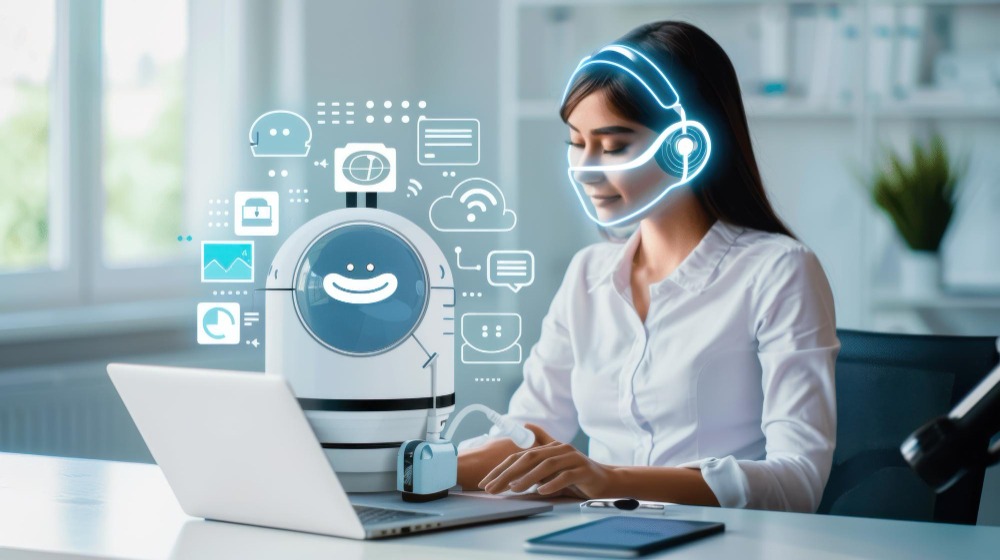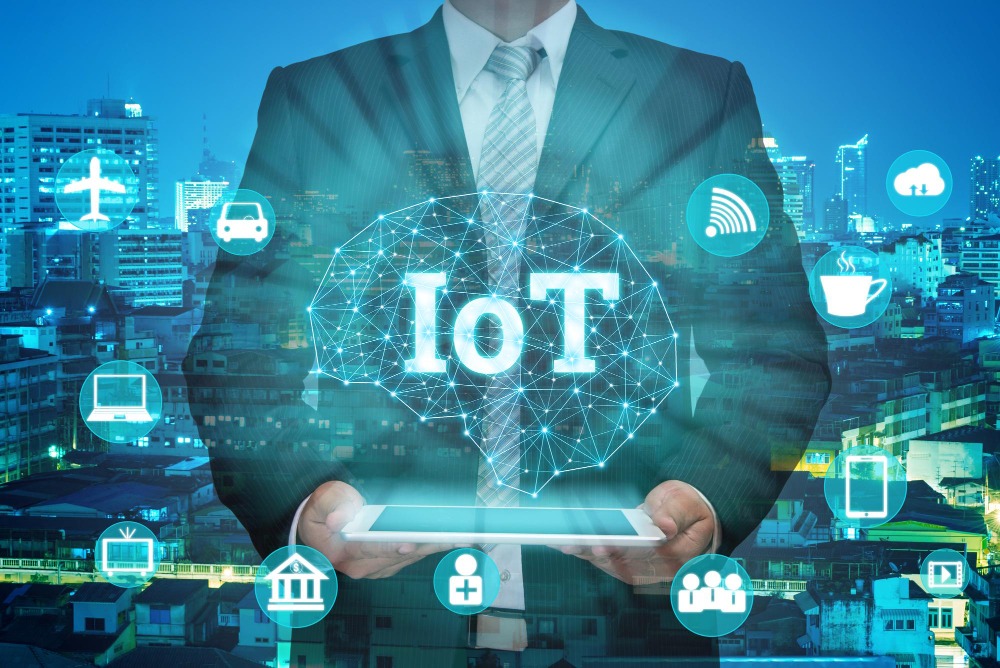We are now living in times where rapid technological change is creating a host of new opportunities. Companies big or small are evaluating what gains they could make from digital transformation. Most routine tasks such as human resource, hiring, marketing, production are being accelerated by 10X in efficiency and speed through various tech platforms.
Data is the new oil, goes a new-age proverb. In recent years, the importance of data has grown multi-fold. In a data-driven world, foresight is critical for guiding strategy and ensuring a competitive edge. With data science, organisations no longer have to make wild guesses based on unrealistic predictions.
Here’s how data is reshaping business decisions
Big Data Processing
With increasing digitalization, large amount of data is being generated. Handling this data through in-house storage is proving a bit of a risk. Cloud storage has solved that problem. Along with unlimited storage, cloud also enables anyone to access the data from anywhere Furthermore, cloud-based data science also offers state-of-the art data analytics tool to obtain the desired results. As data science matures, we might eventually entire data storage and processing done purely on the cloud due to the sheer volume of the data.
Automated Data Analytics
Advanced machine learning is today automating a number of simple as well as complex tasks. Automation has sped up decision-making and improved insights for businesses.
Almost all the levels in Data Science and Analytics are being automated. Most of the features and modules are also moving in the same direction, and businesses are well-poised to leverage the change.. Many automation solution providers are widening their reach and deepening their penetration by providing cost effective solutions to SMEs.
Explainable AI
AI is certainly the next big thing in the Industry. It is already playing a phenomenal role is human decision making. By the year 2022 AI will turn itself into a more trustworthy mechanism for application experts making their models more logical and reasonable. Explainable AI along with Data Science and Machine Learning integration will auto-produce clarifications for precision, traits, stats etc.
In-memory Computing
In-memory computing is not exactly connected with Data Science, but has to do with interpretation and analytics as a whole. Since the expense of memory has diminished as of late, in-memory computing has turned into a mainstream technological solution for an assortment of advantages in analysis. It is predicted to grow tremendously in the near future.
Natural Language Processing
Data Science first began as an analysis of purely raw numbers. The entry of natural language and text difference to the discipline. Today, Natural Language Processing has carved a niche for itself in the world of Data Science.
With NLP, big text data can be transformed into numerical data for analysis. Data scientists can now explore and analyze complex concepts. Advancements in NLP through Deep Learning are currently spearheading the complete integration of NLP into regular data analysis.
Data Science as a whole is growing. As its capabilities grow, its impact on the industry is deepening. We at Crafsol have in-depth expertise in Data Science and analytics. We have helpd many SMEs as well as multinationals with successful data analytics solutions.
Get in touch with our experts to know more.





